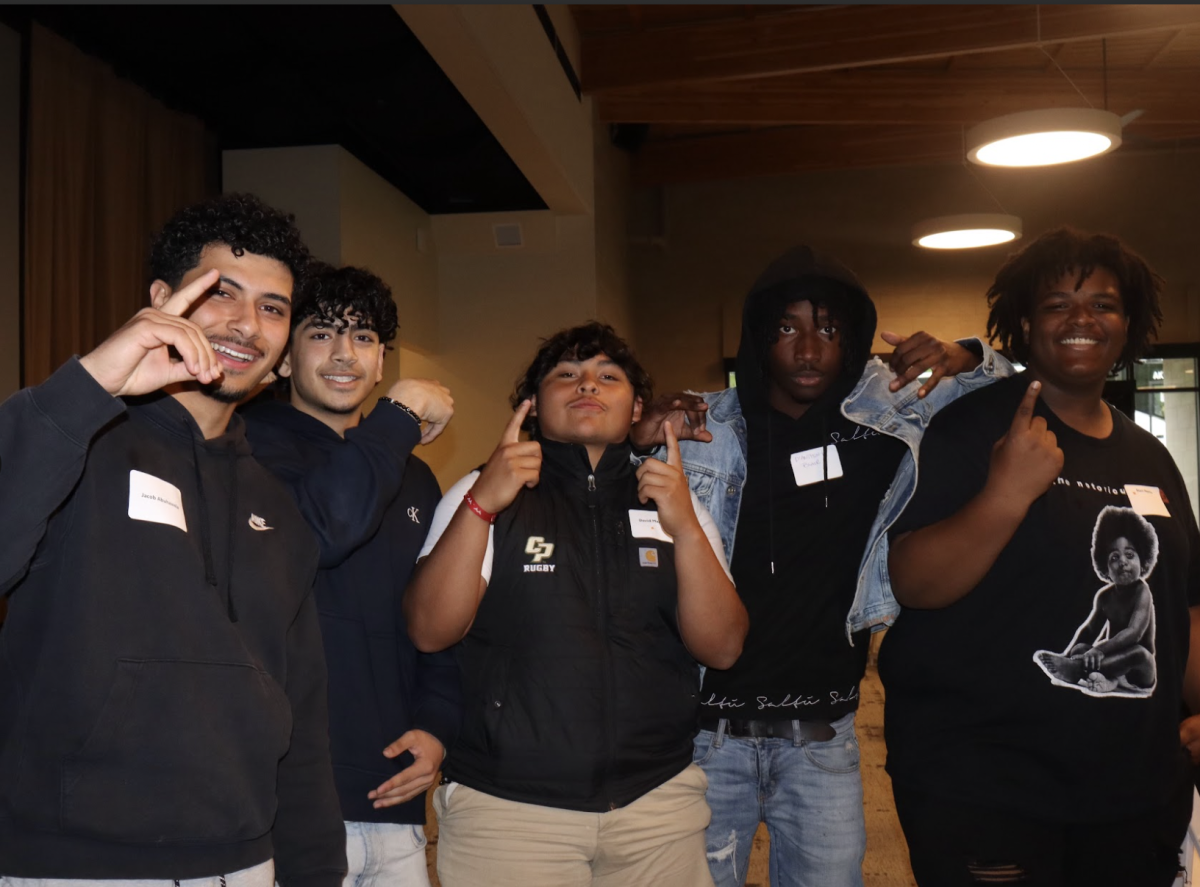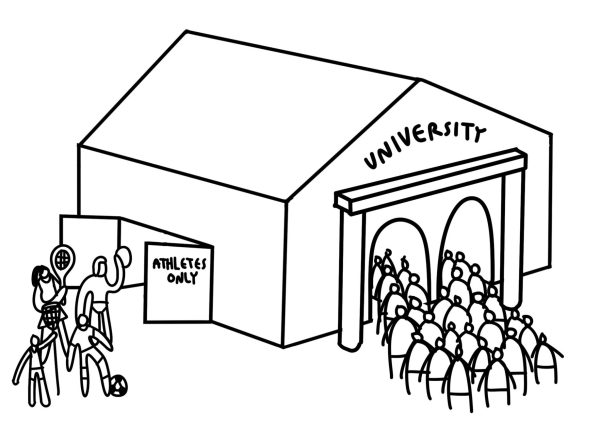Time to fix FAFSA
June 4, 2019
As an upperclassman in high school, the College Board website is my most visited page, other than the websites of my teachers and Netflix, of course. Recently, the College Board has announced they will implement an ‘Adversity Score’ for students from diverse backgrounds. The introduction of the adversity score aims to help colleges have a better understanding of how hard it was for students to grow up and earn a high school education in their specific environment, which can’t be reflected solely through standardized testing scores. But another part of the college application process, financial aid, also needs to reflect cost of living.
Growing up in a place like Marin, where the average annual household income is over $100,000, according to US Census data, is unique. Having access to top-tier public schools, counselors and tutors has allowed many Redwood students to succeed in school and beyond. But when it comes to college decisions and financial preparation, many Redwood students are not prepared due to a lack of awareness of their financial need. According to a recent self-reported Bark survey, 23 percent of students don’t know if they will need financial aid to complete an education after graduating high school. This confusion about the college aid process can make it hard for students to be aware of all the different opportunities for aid, especially when that aid doesn’t encompass enough factors, such as cost of living.
Financial aid for students is based off of the Federal Application for Financial Student Aid (FAFSA) and can range from a couple hundred to tens of thousands of dollars per year. In theory, this is a great idea that will help lessen the socioeconomic divide and secure access to higher education for those who can’t afford it. In practice, it’s not helping enough people because it fails to include one key feature: cost of living.
The world of financial aid is complex, and FAFSA is the main decider of how much, if any, financial aid a student will receive for college. FAFSA utilizes many factors in the decision making process––family income, the number of children currently attending or planning to attend college and if a student has a family to support them financially or are dependent on the state––but still doesn’t account for the cost of living in the applicant’s hometown.
Factoring in the cost of living for FAFSA is important because it would equalize the aid for students from different areas. Growing up in the San Francisco Bay Area, for example, is incredibly expensive. According to Kiplinger.com, a personal finance advice website, San Francisco is the second most expensive U.S. city to live in, behind only Santa Clara, Calif. The cost of living is 96.3 percent above the U.S. average, meaning it costs almost twice as much to pay for food, housing and other day-to-day costs compared to the average American town.
Expensive areas demand more wealth just for an average quality of life, not to mention that living in such a place does not always correlate with a family’s income. Just because a middle-class Marin family is surviving and making ends meet in an expensive community doesn’t mean they have an extra $100,000 lying around for their child’s education.
Although Edvisors.com, an organization dedicated to helping students secure financial aid for college, recommends that students apply to FAFSA unless their family income is over $350,000 or their assets are worth $1 million or more, this standard is unrealistic. That level of income suggests one is upper class practically anywhere in the US, and can probably pay for college out of pocket. For middle-class families in expensive areas, financial aid is not guaranteed and their only options would be to send their students to school with debt, forgo secondary education entirely or join the workforce instead if aid is not provided. This needs to change, and the cost of living needs to be factored into the financial aid decision.
Although many different factors go into college financial aid, the system is still not equal. FAFSA needs to recognize that college costs are getting out of hand for most students and their families, and the application for aid needs to recognize all of the student’s background, including how much it costs to live in their hometown.























